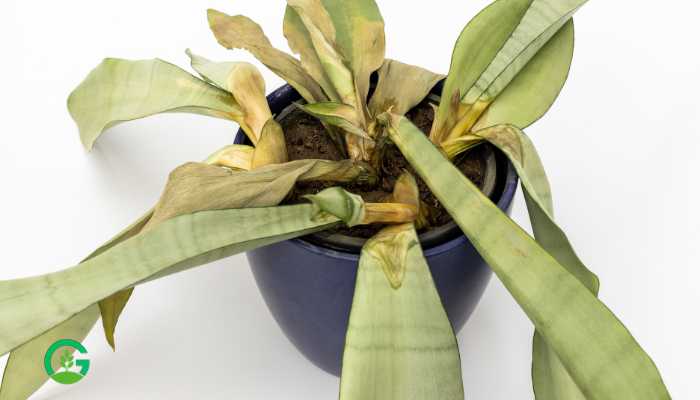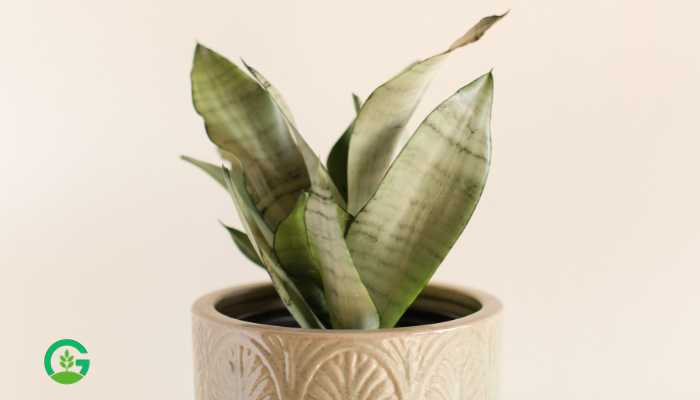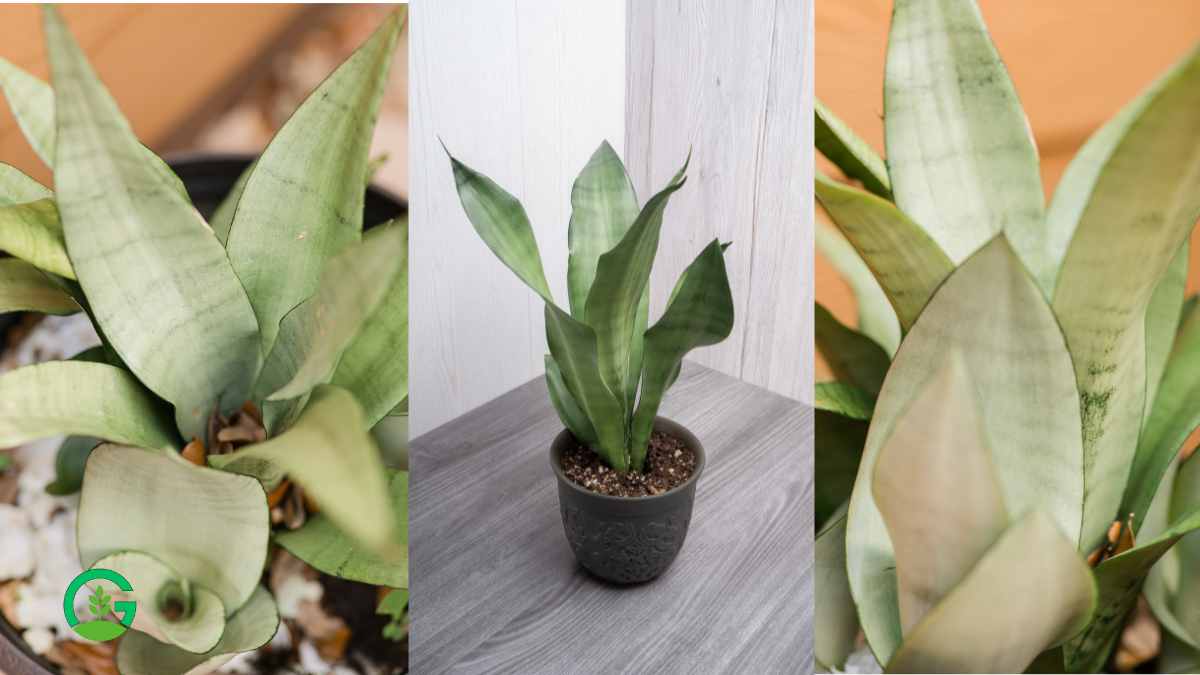Introduction
Welcome to the ultimate guide to growing and caring for the Moonshine Snake Plant, also known as Sansevieria trifasciata Laurentii.
Whether you’re a seasoned plant lover or just starting on your green journey, this article will provide you with all the tips and tricks you need to nurture your moonshine snake plant and see it thrive.
From understanding its unique characteristics to mastering its care routine, let’s embark on this green adventure together!
Table of Contents
Understanding Moonshine Snake Plant
The Moonshine Snake Plant is a stunning succulent with long, upright leaves showcasing striking patterns. Its architectural beauty makes it a popular choice for both homes and offices. This resilient plant is native to West Africa and belongs to the Asparagaceae family. Its ability to thrive in low light and survive periods of neglect makes it an ideal choice for beginners.

Light Requirements
Moonshine Snake Plants thrive in indirect sunlight. While they can tolerate low light conditions, they prefer bright, indirect light for optimal growth. Placing them near a north or east-facing window is ideal. Avoid exposing them to direct sunlight as it can scorch their leaves.
Watering Needs
When it comes to watering your Moonshine Snake Plant, less is more. These plants are susceptible to root rot if overwatered. Allow the soil to dry out completely between waterings, typically every 2-3 weeks. Ensure proper drainage in the pot to prevent waterlogging.
Soil and Potting
Moonshine Snake Plants prefer well-draining soil to prevent water retention. A mix of succulent or cactus potting mix with perlite or sand works well. Repotting is usually necessary every 2-3 years or when the plant outgrows its current pot.

Temperature and Humidity
These hardy plants can tolerate a wide range of temperatures, but they thrive in moderate temperatures between 60-85°F (15-29°C). They’re also adaptable to low humidity environments, making them perfect for indoor spaces with dry air.
Fertilizing Tips
Moonshine Snake Plants don’t require frequent fertilization. Feed them with a balanced liquid fertilizer diluted to half strength during the growing season (spring and summer) once a month. Avoid fertilizing during the dormant season (fall and winter).
Pruning Guidance
Pruning is minimal for Moonshine Snake Plants. Remove any yellow or damaged leaves using sharp, sterilized scissors to maintain the plant’s aesthetics and health. Regularly dusting the leaves with a damp cloth keeps them looking fresh and vibrant.
Read More
Repotting Guide
When your Moonshine Snake Plant starts outgrowing its pot or becomes root-bound, it’s time to repot. Choose a slightly larger pot with good drainage, and gently loosen the roots before transplanting into fresh soil. Repotting is best done in spring.
Common Pests and Diseases
While Moonshine Snake Plants are relatively pest and disease-resistant, they may occasionally encounter issues like mealybugs or root rot. Keep an eye out for signs of infestation or disease, and treat promptly with natural remedies or insecticidal soap.
Image | Product Name | Review | Price |
Benefits of Moonshine Snake Plant
Apart from its aesthetic appeal, the Moonshine Snake Plant offers several benefits. It purifies the air by removing toxins like formaldehyde and benzene, making it an excellent choice for improving indoor air quality. Additionally, its low maintenance nature and resilience make it a stress-free plant to care for.
Moonshine Snake Plant Conclusion
In conclusion, the Moonshine Snake Plant is a beautiful and resilient addition to any indoor space. By understanding its specific care needs and providing it with the right environment, you can enjoy its beauty for years to come. So, go ahead, bring home a Moonshine Snake Plant, and watch it thrive with a little love and care!
Moonshine Snake Plant FAQs
How often should I water my Moonshine Snake Plant?
Water your Moonshine Snake Plant every 2-3 weeks, allowing the soil to dry out completely between waterings.
Can I keep my Moonshine Snake Plant in direct sunlight?
It’s best to avoid direct sunlight as it can scorch the leaves. Opt for bright, indirect light instead.
What should I do if my plant gets root rot?
If you notice signs of root rot, such as mushy, discolored roots, repot your plant into fresh, well-draining soil, and adjust your watering routine to prevent future issues.
How often should I fertilize my Moonshine Snake Plant?
Fertilize your Moonshine Snake Plant with a balanced liquid fertilizer diluted to half strength once a month during the growing season (spring and summer).
Is the Moonshine Snake Plant pet-friendly?
While the Moonshine Snake Plant is not toxic to pets, it’s best to keep it out of reach of curious pets to prevent accidental ingestion, which can still cause stomach upset.





















3 thoughts on “How to Grow and Care for Moonshine Snake Plant”